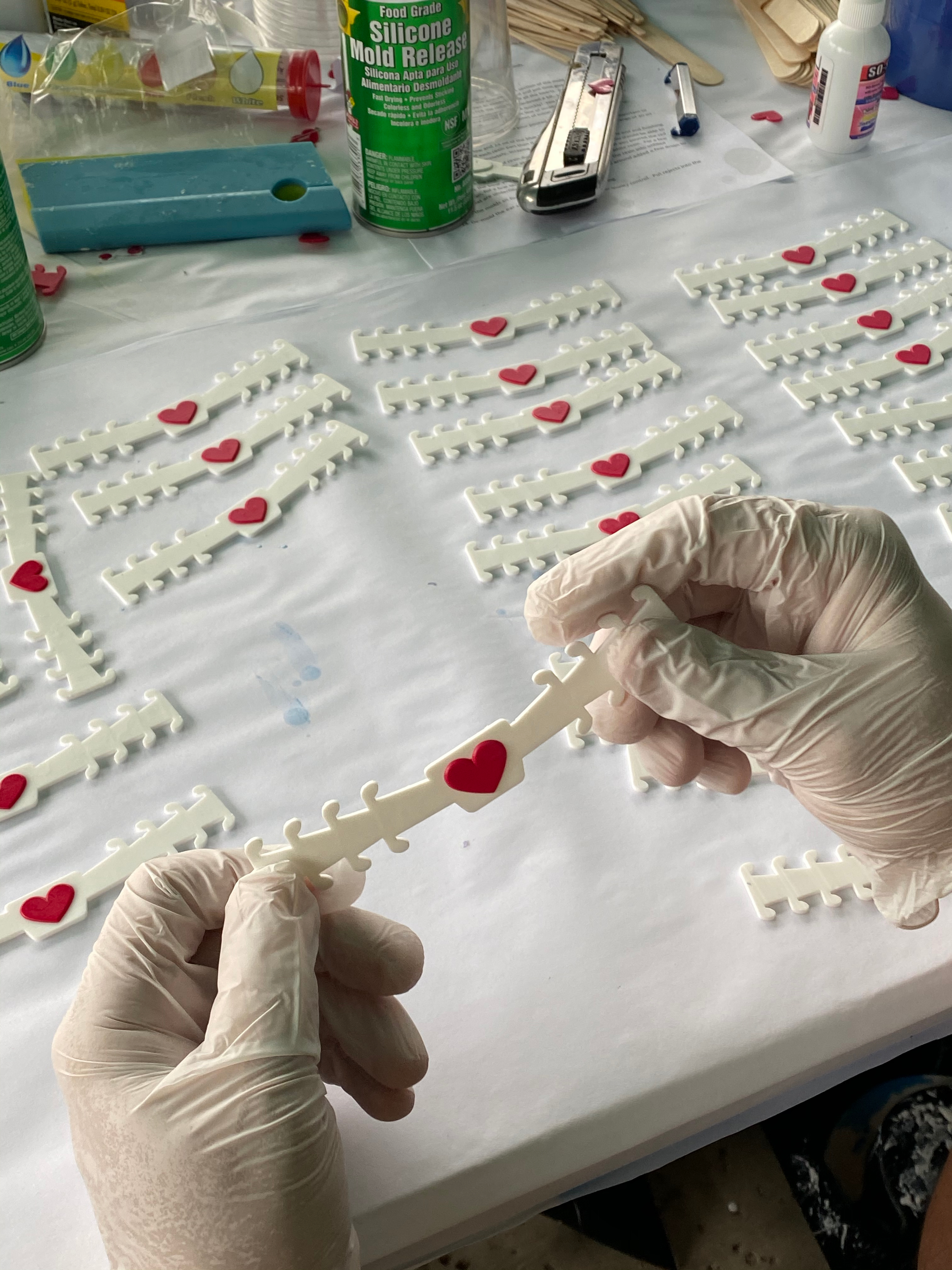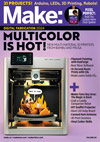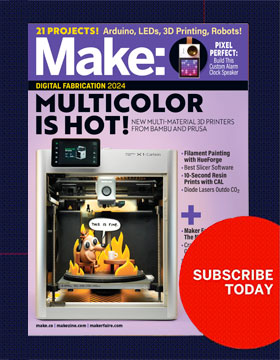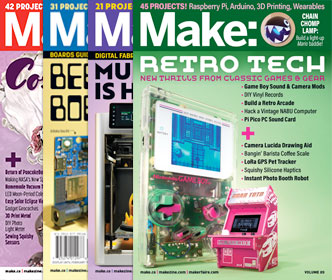Making PPE at Home

Virtually Maker Faire 2020
We are making Personal Protective Equipment at home for distribution to hospitals and clinics in California, Arizona, Colorado, and Georgia. Our family Make group is the Benevolent Order of Makers, and we are networking with friends as San Diego 3D Printing For a Cause. Because we are coordinated with a larger group of volunteers, we can concentrate on the development and production of face shield frames and ear savers, while other participants manage communication with hospitals, fundraising, coordinating deliveries, sewing face masks, and more 3D printing. We have focused our efforts on designing and prototyping face shield frames for casting. We were interested in scaling up our production of PPE by making them faster, cleaner (less finish work), and using a design that is easier to sanitize, and more comfortable to wear. We would like to share how because of our experience in making, plus additional research and designing for this particular making effort, we have been able to develop molds for casting face shield frames, as well as ear savers. We are coming close to producing 700 face shield frames, in our home.
What are the problems you aim to help solve with this project?:
The greater problem we are addressing with our project is to fill the need for Personal Protective Equipment to keep healthcare workers safe from COVID19.
We are staying home, to protect ourselves, and to flatten the curve. Anticipating that there could be shortages of necessary equipment to either treat patients or protect doctors and nurses, we took stock of our skills, experience, and resources, and saw that with research and experiment, we were in a position to successfully design and make the equipment in demand, namely face shields, and then ear savers. Early on, we saw that our productivity would be slow with only one 3D printer, plus we felt smoother, resin frames would be more comfortable to wear, and easier to sanitize. Our pursuit of casting, over 3D printing, addresses the issues of rate and quantity of production, ease of finishing, comfort for the user, and added safety of a less porous product.



